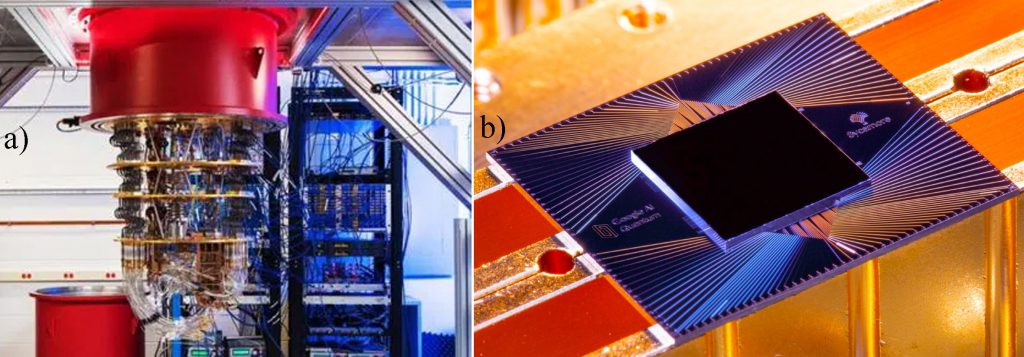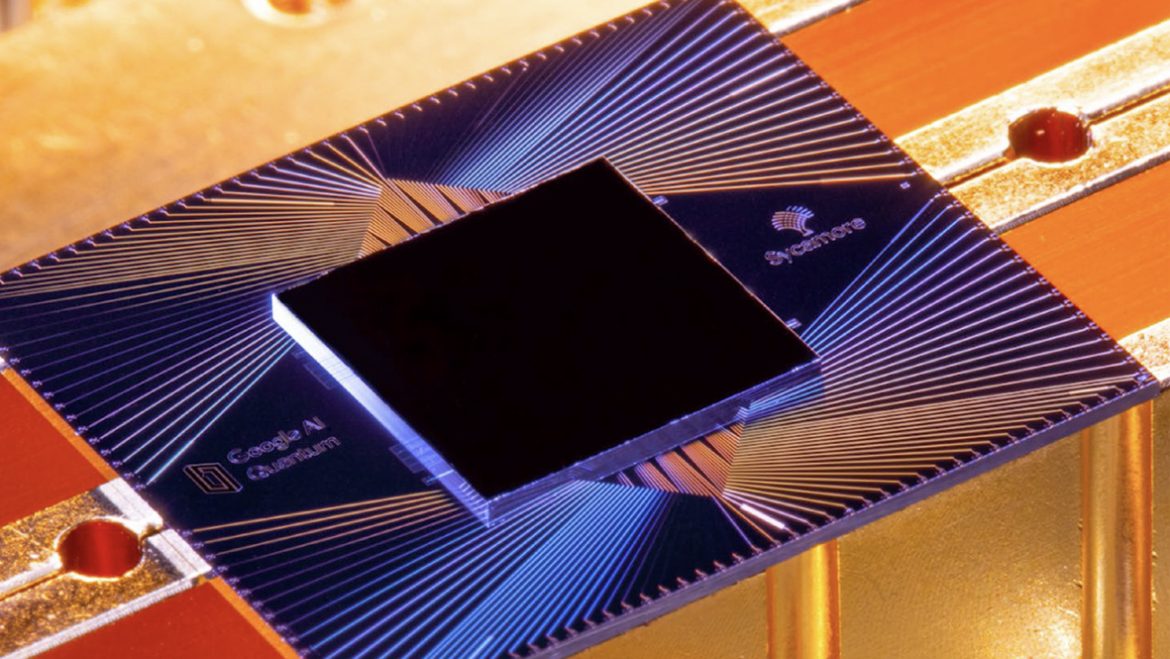The dissimination paper by Carmine Granata A popular article entitled “From the debate between Einstein and Bohr to the Nobel Prize for Physics 2022 – Ideas and facts that led to the “Second Quantum Revolution” was published in the third issue of the journal “Quaderni di Comunicazioni Scientifica” by Rosenberg and Sellier Quantum Physics has completely changed the way we look at the world by introducing completely counter-intuitive concepts and in contrast to common sense. One of these is certainly “quantum entanglement” which involves a sort of bond in space and time of two or more microscopic particles. In other words, two “entangled” particles condition each other even if they are thousands of km away, any operation done on one of them instantly affects the other. Alain Aspect, John F. Clauser and Anton Zeilinger were awarded the Nobel Prize in Physics in 2022, for their famous experiments on quantum entanglement and for laying the experimental foundations of quantum information and computation. In this article, after an introduction in which the basics of quantum mechanics are presented in a succinct and simple way with particular attention to the historical development of the concepts, the conceptual foundations and paradoxes of quantum mechanics are discussed, which were the basis of the famous controversies between Albert Einstein and Neil Bohr but which at the same time inspired theories and experiments, leading to the development of quantum technologies which will most likely enter our lives in a capillary way in the near future.



